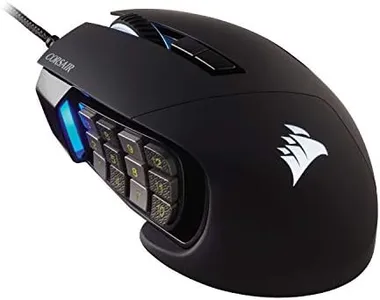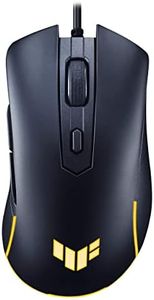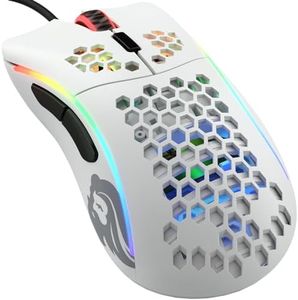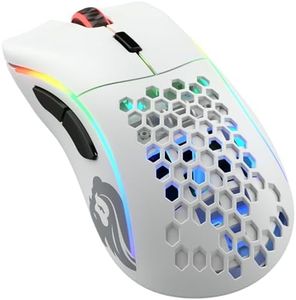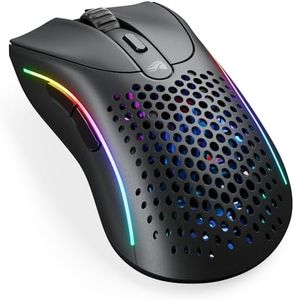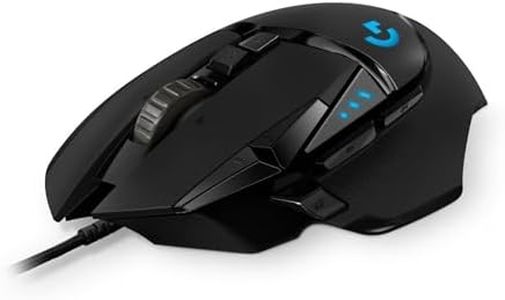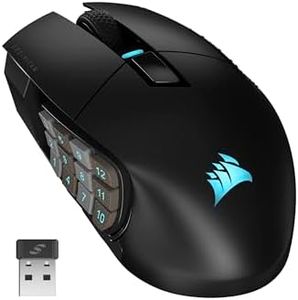We Use CookiesWe use cookies to enhance the security, performance,
functionality and for analytical and promotional activities. By continuing to browse this site you
are agreeing to our privacy policy
10 Best Gaming Mouses
From leading brands and best sellers available on the web.Buying Guide for the Best Gaming Mouses
Choosing the right gaming mouse can really enhance your gameplay experience and comfort. Everyone’s needs are a little different, so it’s important to consider factors like the games you play, your grip style, and preferences for looks or additional buttons. By understanding the key specifications, you’ll be much better equipped to find a mouse that suits your gaming habits and feels great in your hand.Sensor TypeThe sensor in a gaming mouse detects your movements and translates them onto the screen. There are mainly two types: optical and laser. Optical sensors generally perform better for fast and precise movements, making them a favorite among most gamers. Laser sensors can work on more surfaces, but sometimes add unwanted acceleration. If you usually game on a mouse pad and value accuracy, an optical sensor is a solid bet, but if you often use unusual surfaces, a laser sensor might be more suitable.
DPI (Dots Per Inch)DPI refers to how sensitive the mouse is to your movements—a higher DPI means the cursor moves further with the same movement of your hand. Gaming mice can have a wide DPI range, often from below 1,000 up to over 20,000. For fast-paced shooters, a lower DPI (e.g., 400–1,200) often helps with precision, while higher DPIs can be useful for very quick turning or larger displays. Think about your playing style—if you value accuracy, look for mice that can be set to lower DPIs, but if you like fast, sweeping motions, a higher DPI range may be helpful.
Polling RatePolling rate tells you how many times per second the mouse reports its position to your computer, measured in Hertz (Hz). Common rates are 500Hz and 1000Hz. A higher polling rate can lead to smoother cursor movement but needs more processing from your system. For most users, 1000Hz offers a good balance for gaming, but a lower rate can be fine for casual play or if system resources are limited.
Ergonomics and SizeErgonomics is all about how comfortable the mouse feels in your hand, and this greatly depends on its shape and size. Mice can be designed for palm, claw, or fingertip grips, and come in various sizes for different hand sizes. If possible, try holding a few different shapes to see what feels best for your grip and hand. Lighter mice generally suit fast reflex games, while heavier ones might give you more control.
WeightThe weight of a mouse can affect your speed and accuracy. Lightweight mice (below 80 grams) are popular among competitive gamers for their quick movement, while some prefer heavier mice (over 100 grams) for more stable control. If you play fast-paced games, a lighter mouse might suit you; for games that require precise aiming, consider a heavier one or a mouse with adjustable weights.
Button Count and CustomizationGaming mice come with different numbers of buttons, often including extra side buttons for custom commands. More buttons are useful for MMO or strategy games that involve lots of shortcuts, while fewer buttons keep things simple for shooters. If your games need lots of hotkeys, look for a mouse with more programmable buttons; otherwise, a simpler design may be preferable.
Wired vs. WirelessWireless mice are more convenient and keep your desk tidy, but older models used to suffer from lag. Modern wireless gaming mice are almost as fast as wired ones, but some players still prefer the reliability and zero-latency of wired versions. If you move your mouse a lot or dislike cables, a wireless mouse might be right for you; if you want guaranteed responsiveness, go for wired.
RGB Lighting and AestheticsSome gaming mice come with customizable RGB lighting, which can add some personality or match the rest of your setup. While it doesn’t affect gameplay, it could be important for creating a certain style or atmosphere. If looks matter to you, check for lighting options; if not, you can save effort by ignoring this spec.
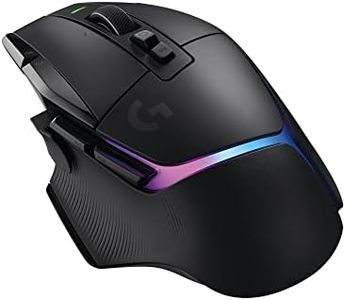
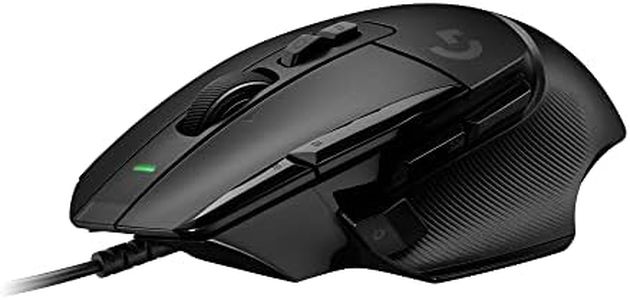
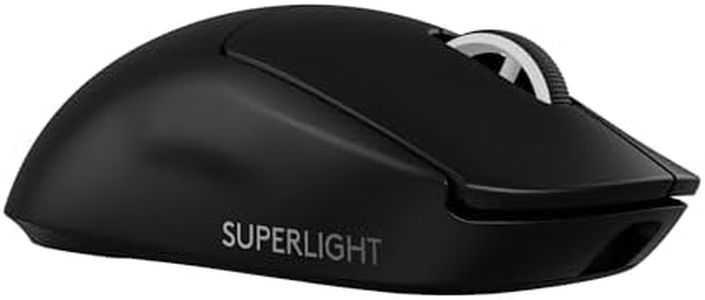

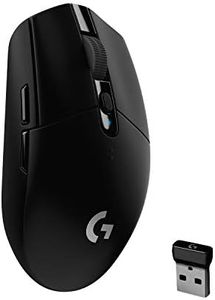
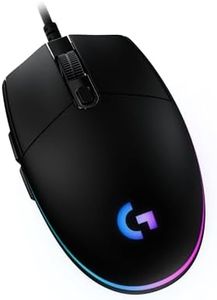
![Corsair M65 RGB ULTRA FPS Optical Gaming Mouse [CH-9309411-AP2]](https://images-proxy.bestreviews.guide/5a3EN26_wJKT1Om30TUoSsHxroo=/0x300/https://m.media-amazon.com/images/I/31EvskbKZcL._AC_CX679_.jpg)
